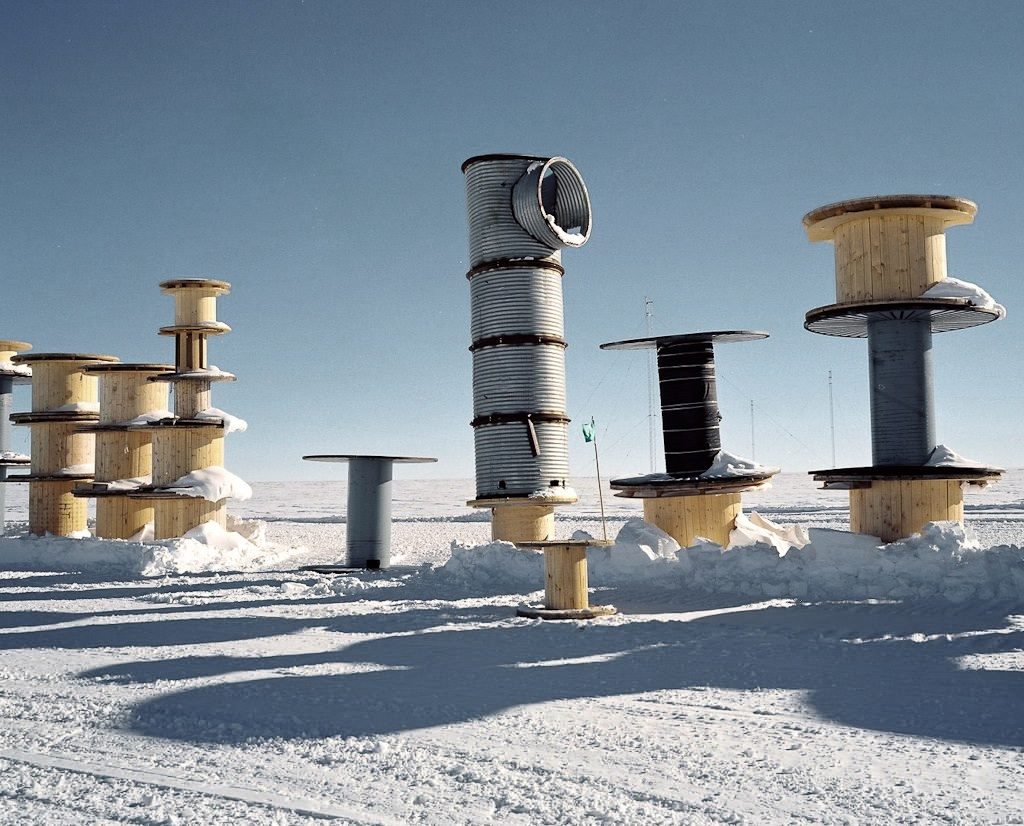ARTISTS Anne Noble, Lloyd Jones, Sarah Maxey CURATOR Lily Hacking
We think of Antarctica as an endless white landscape populated by penguins. However, this show is about people's relationship to Antarctica.
In 2008, Wellington photographer Anne Noble and Wellington writer Lloyd Jones visited Antarctica; Noble on a US National Science Foundation Grant and Jones on a CNZ Antarctica Arts Fellowship. Noble had been there before. Her series Whiteout (2002–7) recorded Antarctic light from within dense fog. In 2008, she planned to continue the series, but uncharacteristically fine weather thwarted her. Posted at McMurdo Station, a research base on Ross Island, her attention turned instead to colour, to Antarctica’s ‘human palette’. Noble observed that trucks, tractors, excavators, and other heavy machines were ascribed with women’s names—a military tradition with a long history in the South Pole. ‘Brenda’, ‘Hot Lips’, ‘Misty’, and ‘Hazel’ are among the bullish vehicles that work the landscape. During the 1990s, the fact a crane was named ‘Bitch in Slippers’ caused the practice to be banned, for a time. Noble documents these machines in her Antarctic Inventory (2008), showing how the austere, inhospitable surroundings are personalised.
Hand lettered by Wellington designer Sarah Maxey, Lloyd Jones’s chant Dear Misty, is addressed to Noble's female machines. ‘Dear Misty, if I sound tremulous it is because true words ring in the throat. Dear Misty, dear ice queen, dear bitch of the south, do not trust their gasoline. Everything is impermanent, dear Misty. Dear Misty, hallow be thy name. Dear Misty. Dear Mist.’ Misty comes to represent an amorphous female entity—the Antarctic landscape herself—the ‘bitch of the South’ to whom all explorers are at the mercy.
Noble also photographed Antarctica’s Spoolhenge, a growing monument made of giant hose spools maintained by the local workers, like a public sculpture. In the show, her photo fills the entire end wall, opening up the space.

























